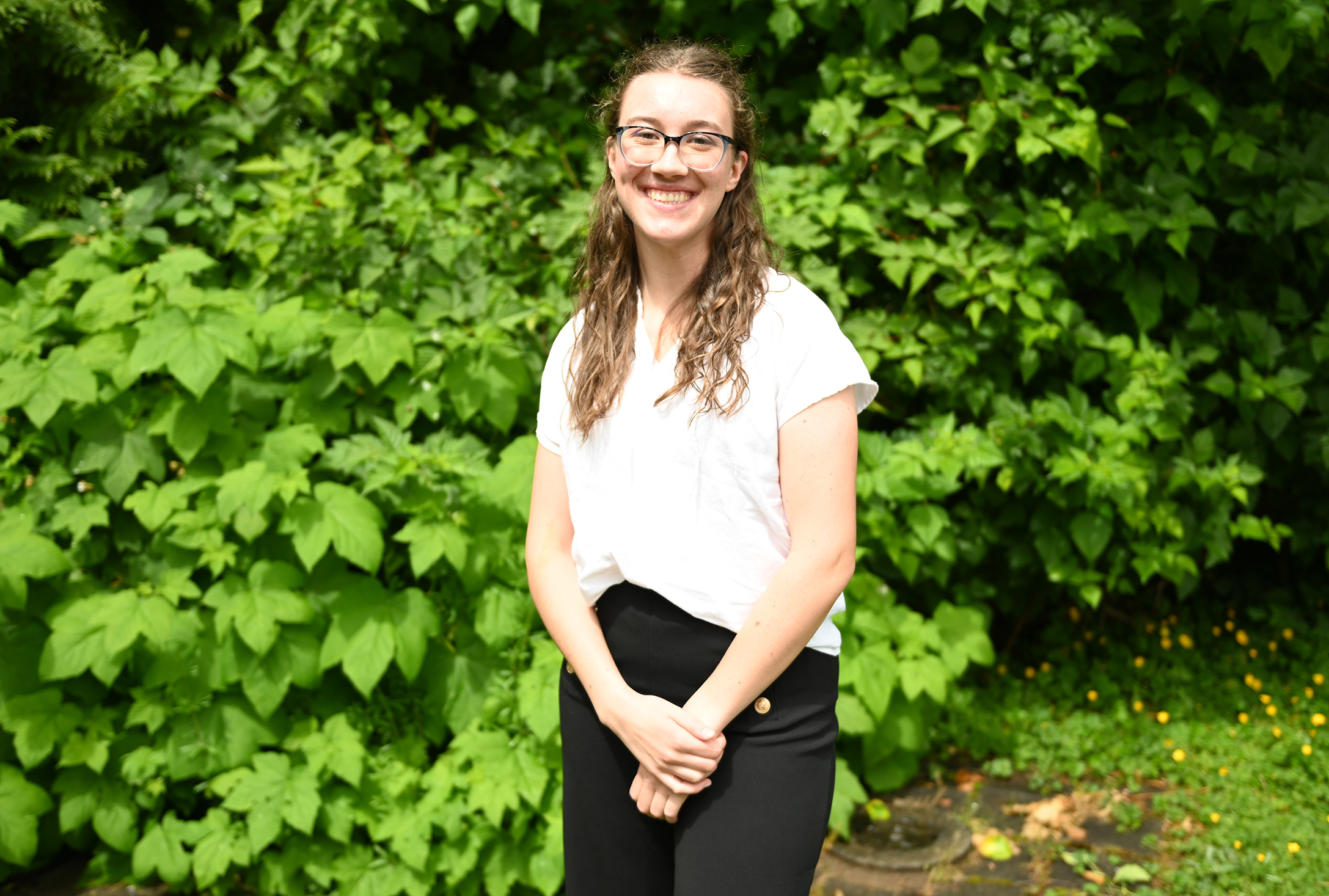Health and Safety Matters: Navigating climate anxiety
Climate change is one of the most common topics on young people’s minds today, according to the Student Health & Wellness department at UFV.
Climate change refers to long-term shifts in temperatures and weather patterns, which lead to more frequent disasters like droughts, fires, floods, and storms. The World Meteorological Association reported that 2011 to 2020 was the warmest decade on record. Since the industrial revolution, the average surface temperature of the planet has warmed by 1.2°C — the hottest it’s been in the last 100, 000 years.
The Intergovernmental Panel on Climate Change reports these changes are mostly human-made, from burning fossil fuels like coal, oil and gas.
Climate change impacts all of us at UFV, and can be a source of anxiety for many.
“I’m terrified we’re going to destroy the world while we’re still on it,” says Professor Sven van de Wetering. “It’s awful, I avoid thinking about climate change for long periods of time.”
Sven teaches multiple psychology courses at UFV, including PSYC 364: Environmental Psychology. Back in 2001, he came across a contradictory set of poll findings.
“On one hand if you ask people, ‘Are you worried about the environment?’, most people are. Many are very worried. And yet, people don’t seem to act like they are,” he explains. “They don’t seem to be doing the very obvious stuff that would actually show they care. I wanted to figure out why this is.”
UFV student and Sustainability Intern Alec Zinman finds that for many students, climate fears cause overwhelm and pessimism. After all, what can one person really do?
“I think it often leads to a lot of skepticism about the impact of one’s ability to make small changes,” he muses. “Like, sure, I can throw this in the recycling bin, but is it really going to get recycled properly?”
That helplessness can make people feel stuck. Sven teaches his psychology students that action requires motivation, but also a sense of efficacy. One might be concerned about climate change, but feel there’s nothing they can do – leaving no way to move forward.
What can anybody do with their fear for the environment, except push it out of their mind?
“Use it,” urges Sven. “If you listen to evolutionary psychology, any propensity that we all have probably served our ancestors in some way or another. The capacity for anxiety is a nearly universal human characteristic; it’s useful for making us vigilant about ill-defined threats.
“So, start to take note of this horrible thing to be avoided, but use it as a resource to fuel action, to refine your thinking and information search. Use it for what it was intended for.”
Sven knows most psychological fears are reinforced by avoiding them. With a head-on approach, once-paralyzing climate anxiety can be used to propel you forward.
Here are five things you can do today to turn your climate fears into action:
1. Inform yourself
Sven recommends reading Saving Us by Katharine Hayhoe, or getting information directly from the Intergovernmental Panel on Climate Change. UFV’s Office of Sustainability offers a wealth of information and resources, including a monthly newsletter with simple tips on living more sustainably. Follow Sustainable UFV on Instagram to get more ideas and opportunities right in your social media feed.
2. Collaborate with others
Anxiety symptoms can feel worse when you’re by yourself. Talk with other people who share your concerns about climate change, and take action together. You can donate time or funds to an organization you believe in (Alec recommends the Wild Salmon Defenders Alliance), or join one of the many sustainability initiatives happening right here on campus. Looking for a place to volunteer? Sign up for Sustainable UFV’s volunteer list here.
3. Use environmentally friendly transportation
Walking, cycling, carpooling and public transportation are much cheaper and easier on the environment than driving. An electric vehicle saves enough money on gas to pay for itself. (Sven’s a fan of the Chevy Volt: “It handles like a dream,” he says, “and our electric bills barely budged.”) Learn more about sustainable transportation options at UFV here.
4. Use your voice
Contact a representative in your area to let them know what issues are important to you, and what changes you’d like to see in your community. If the environment is a priority for you at voting time, you can look for representatives that share your concerns and will invest in policies and infrastructure that protect it.
5. Buy less
Consuming fewer resources is one of the easiest ways to fight climate change at home. Try to re-use, repurpose and repair what you have instead of buying new. Avoid single-use plastic and fast fashion. Look for second-hand options when you do need to buy, or support a local sustainable business. Try gifting others with experiences, food, or quality time instead of items.






